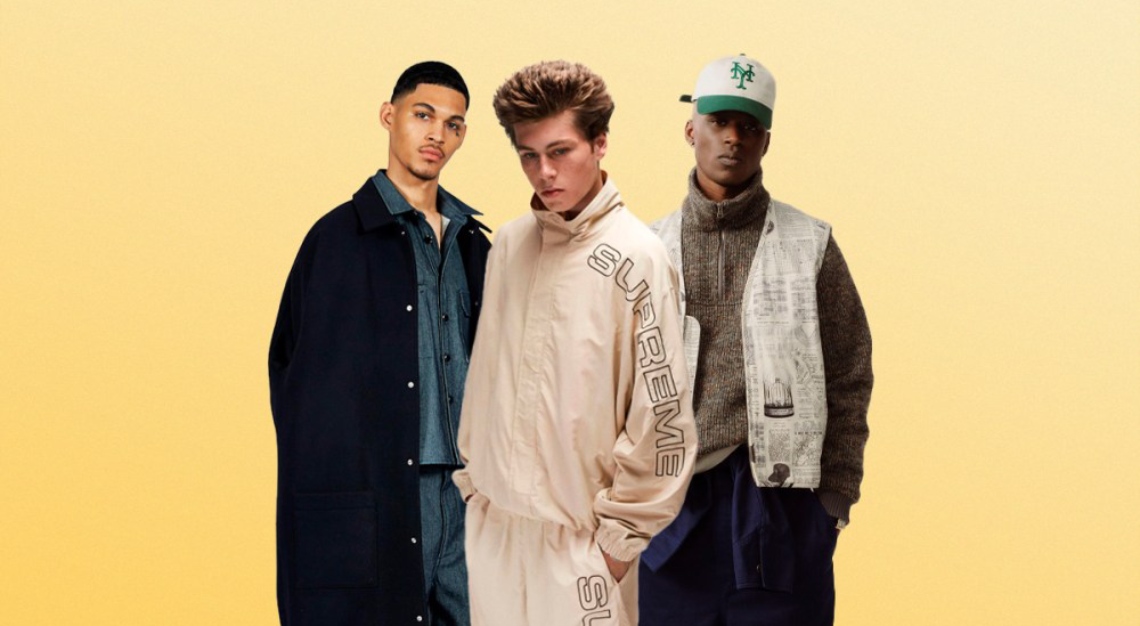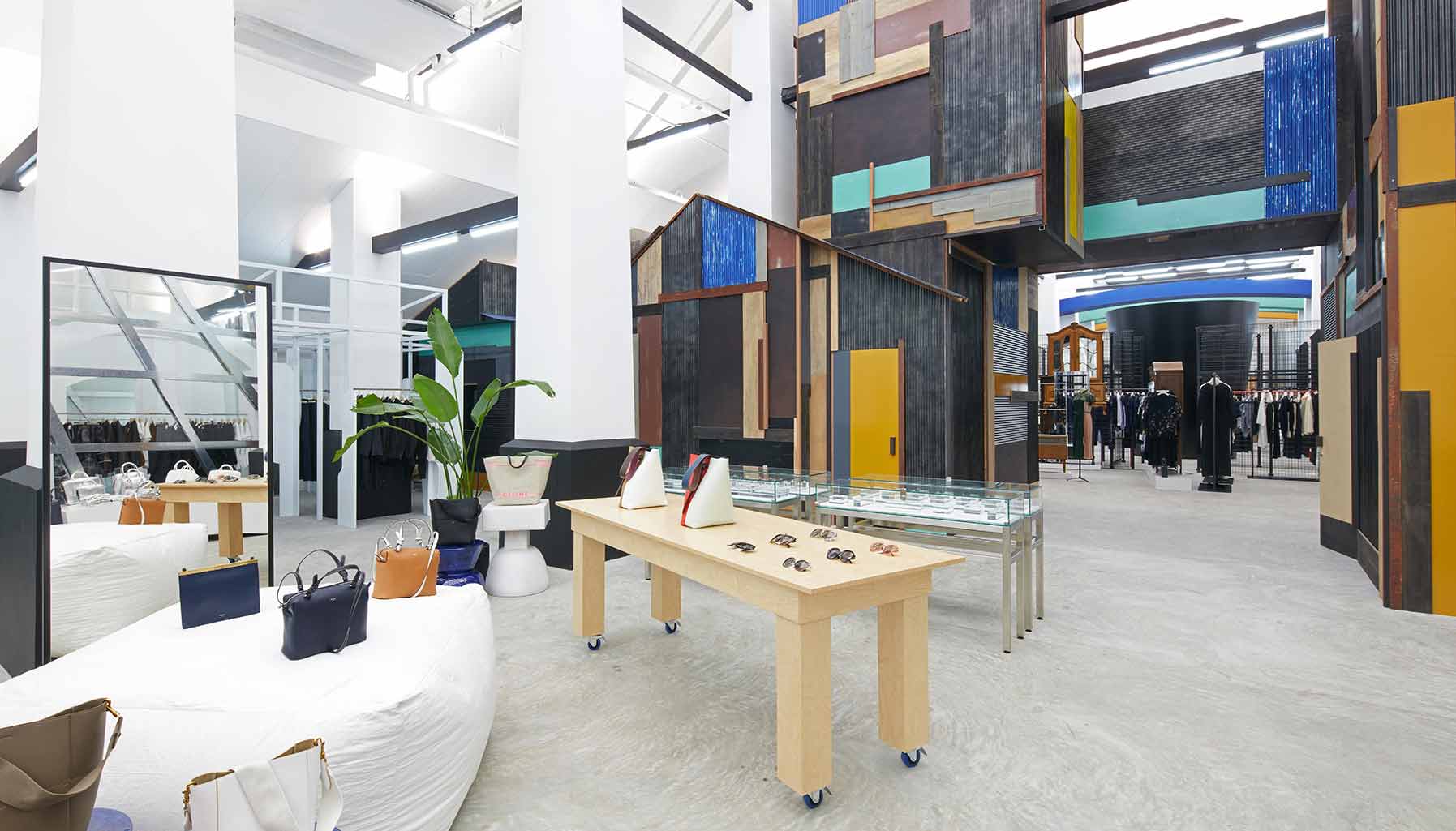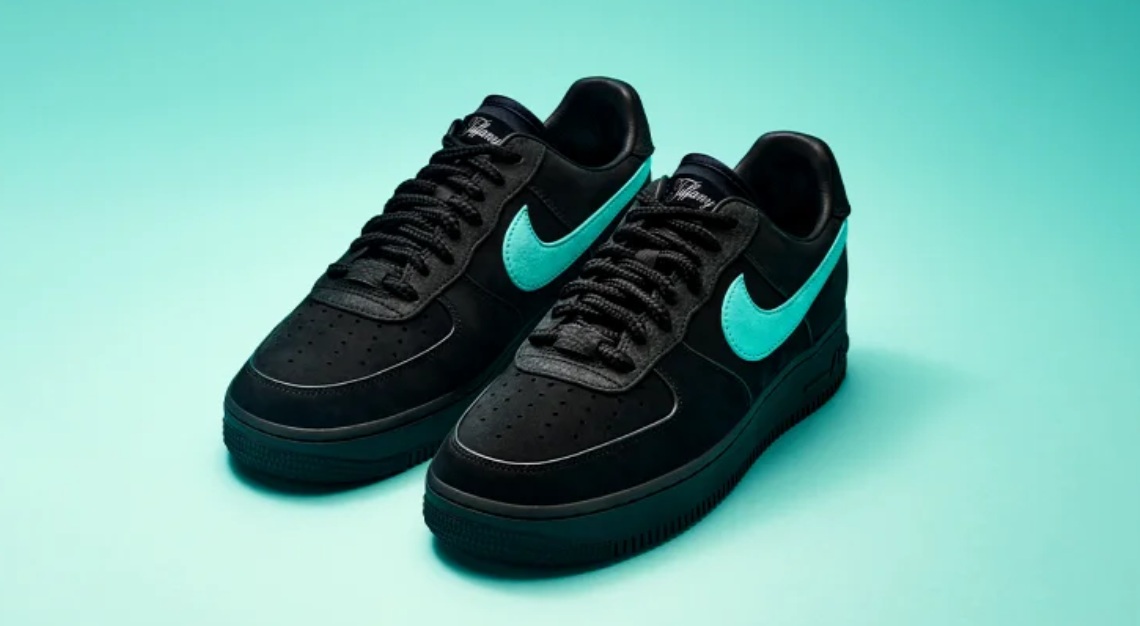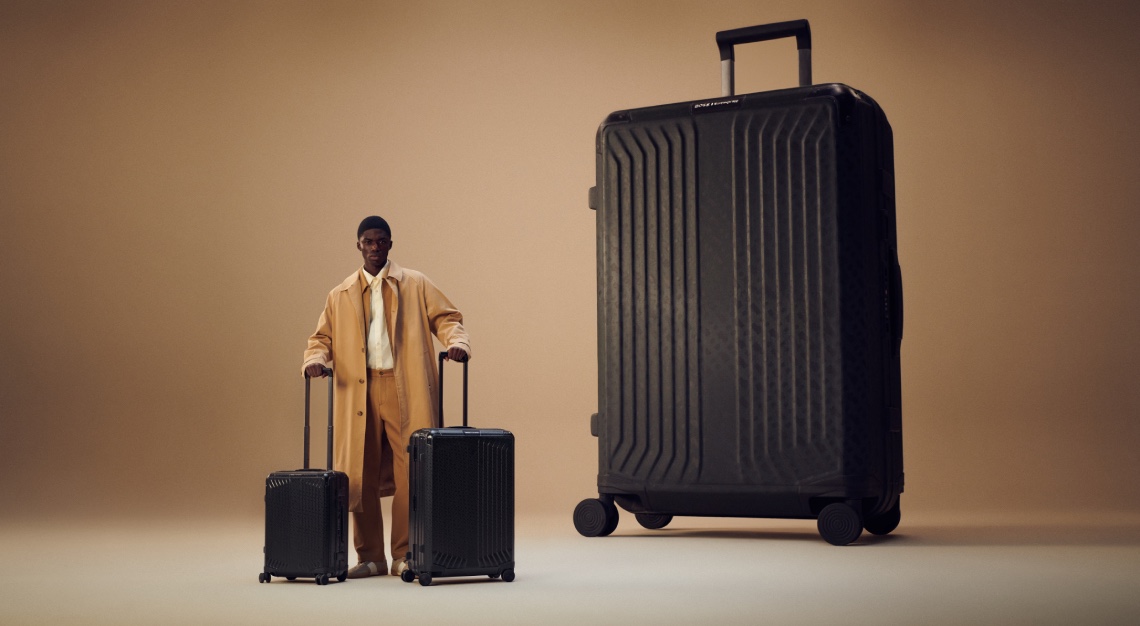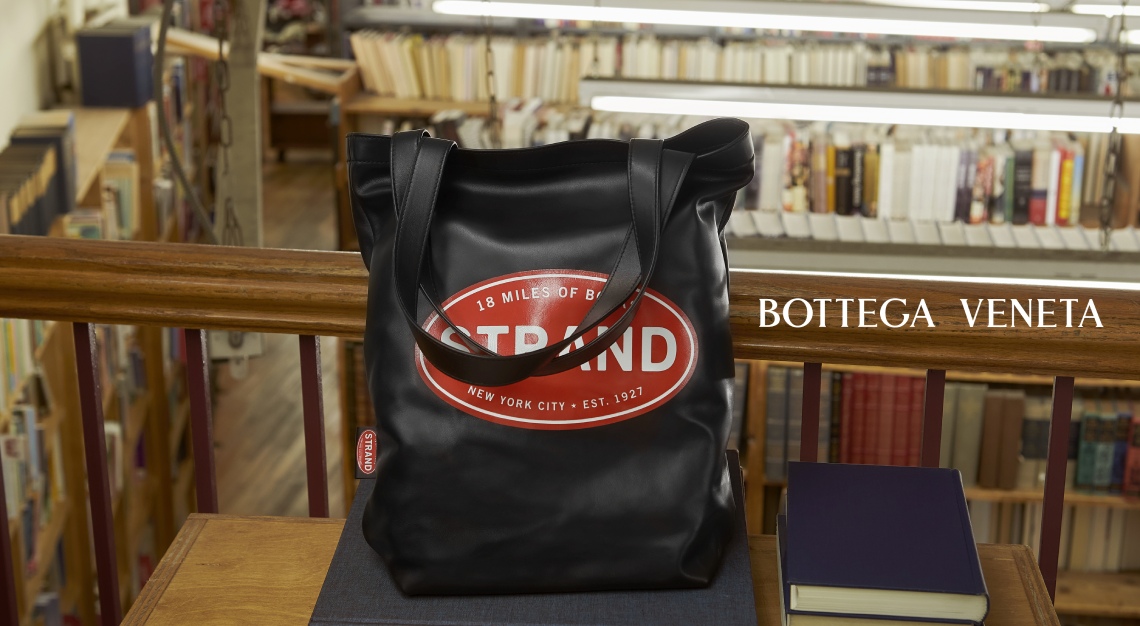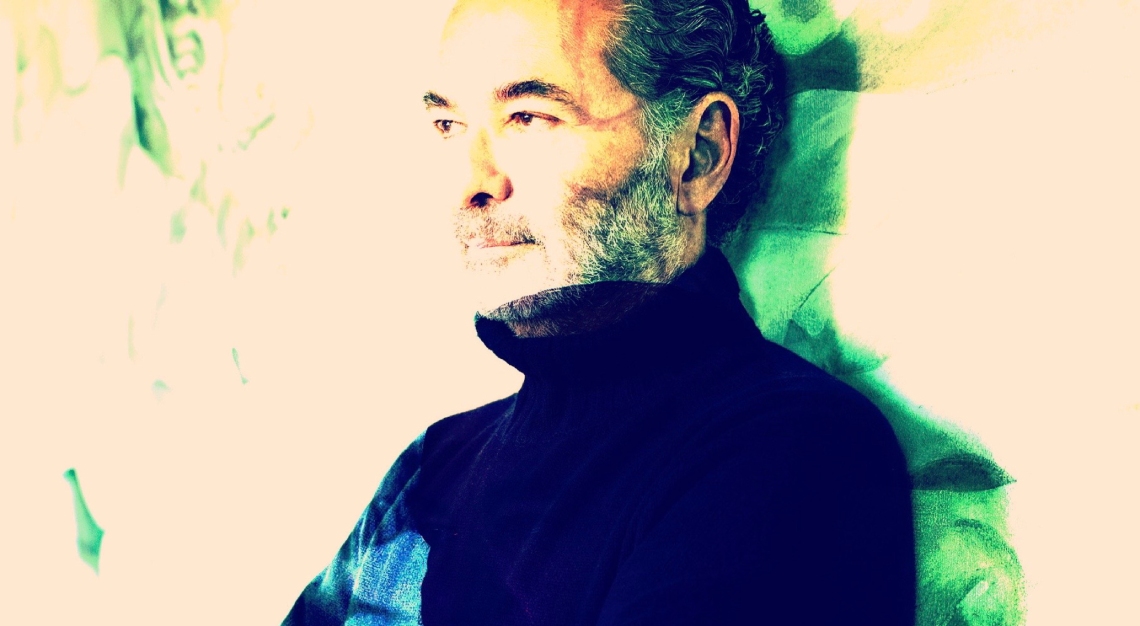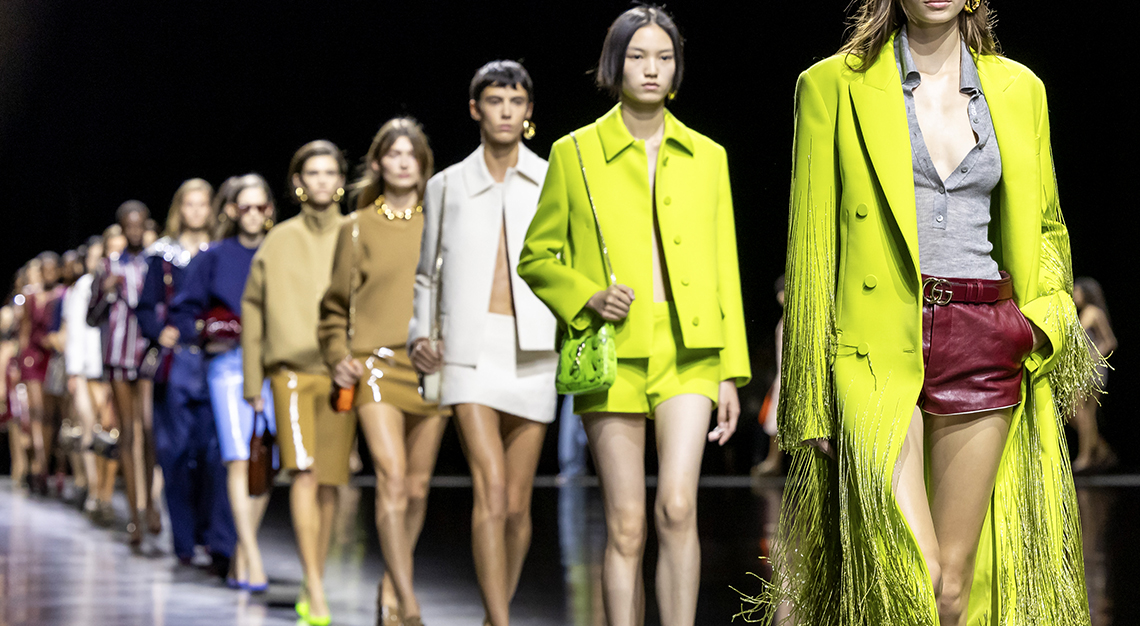Here you have it—our guide to the top streetwear labels, the ones with the greatest influence that go beyond the hype
Streetwear is a force unlike any other, and I saw its influence firsthand. It was a sweltering day in summer 2019, when I was taking a stroll down Bowery Street around noon, on my way to get dim sum and drunken chicken in Chinatown. The air was so moist and the sun so bright that I contemplated hopping in a taxi for what is normally a 10-minute walk. I decided to suffer through it, thinking how I could spend the extra cash on pork buns. And while walking just a little faster, in the hopes of getting into a climate-controlled environment much quicker, I saw a line so far-reaching that my jaw dropped. A massive crowd was on queue from the entrance at the Germania Bank Building to Spring Street and around Elizabeth Street. The literal hot spot was the new location of Supreme, and the occasion was a drop of its latest brand collaboration.
The last time I had witnessed such fervour over fashion was a year prior on a very chilly winter morning on Lafayette Street, Supreme’s old haunt. Both times, the crowd was eager, but seemingly very patient as they steadily made their way toward the entrance. I’ve also heard of Kith and Bape stores experiencing similar turnouts. For all these folks, what is being offered is worth braving the elements. These are the Supreme collectors; the Aimé Leon Dore diehards; the devotees of Stüssy, new and old; or all of the above. The smiles on their faces and pep in their step as they walk out with bags and bags of merch is telling of the trust they have placed on these brands.
What is streetwear?
More than a trend or fleeting commercial endeavour, streetwear was a cultural movement from the start. In the early ’90s at skate parks, hip-hop joints, and the underground scenes in Los Angeles, New York, and Tokyo, a generation of youths created a new style of dressing—one rooted in long and loose silhouettes and graphics that were full of swagger. Think boxy tees, baggy jeans, hoodies, bucket hats, and chunky sneakers. Niche brands began to emerge, catering to this conceptual ethos and postmodern approach to fashion, slowly but surely rising in the ranks, eventually becoming the standard. In fact, streetwear has shaped shopping habits at large with the pioneering drop model. It is now a multi-billion-dollar industry that has turned luxury on its head.
What were the defining moments that brought this subcultural movement to the forefront? What made streetwear so impactful in the luxury fashion world? It’s hard to nail down a single instance or even a series. But here are a few visible signs of hype and utter obsession: the blocks of collectors camping out on Spring Street for Supreme’s latest drop; riots outside Virgil Abloh’s early Off-White shows; collections from Nigo’s A Bathing Ape selling out almost instantly, satisfying only 10 per cent of his consumer base.
Today, a space that was long considered lesser-than now leads the dialogue in the luxury world. Nigo is at Kenzo. James Jebbia’s Supreme has collaborated with Burberry and Louis Vuitton, and it has become the most valuable brand in the luxury resale market. Jun Takahashi’s Undercover is a continually substantive fixture at Paris Fashion Week. The late Virgil Abloh brought his post-streetwear, reference-heavy aesthetic to Louis Vuitton. Balenciaga is without a doubt a streetwear label, grounded in club culture, dark irony, and Georgian irreverence. And the statement sneaker has taken over every house. Amidst all the market power and all the noise, however, there are genuine creatives that continue to push the scene, with emerging brands—from Tbilisi to Los Angeles to Kyoto to Lisbon and beyond—exploring and transgressing streetwear language each year.
There are now many players in the field, but there are also leaders, key brands that define and characterise luxury streetwear. Below, our guide to the top streetwear labels, the ones with the greatest influence that go beyond the hype.
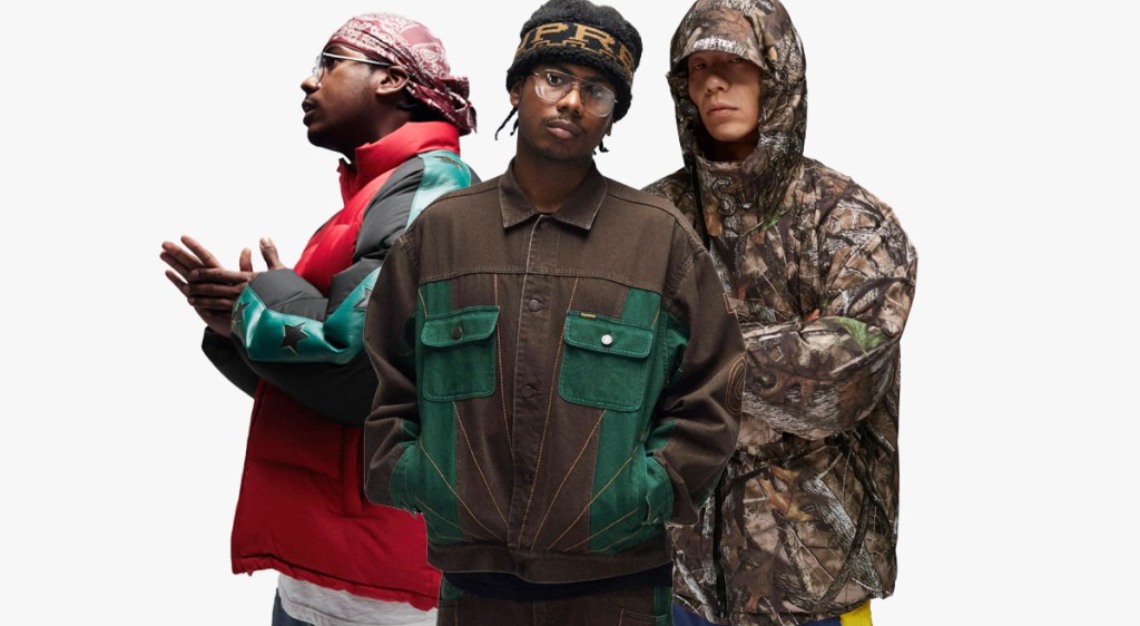
Supreme
No other streetwear brand has had more of a meteoric rise and deep fashion influence than Supreme. Founded by James Jebbia in 1994, the company started as a label for real-deal skaters, amassing a devoted fan base. Then in 2017, Supreme shattered the concept of luxury by partnering with Louis Vuitton. The hype was so big, the demand for the collection so strong, that it put streetwear at the forefront of fashion, igniting a flame that continues to burn brighter with each passing year.
Date of origin: 1994.
Founding designer: James Jebbia.
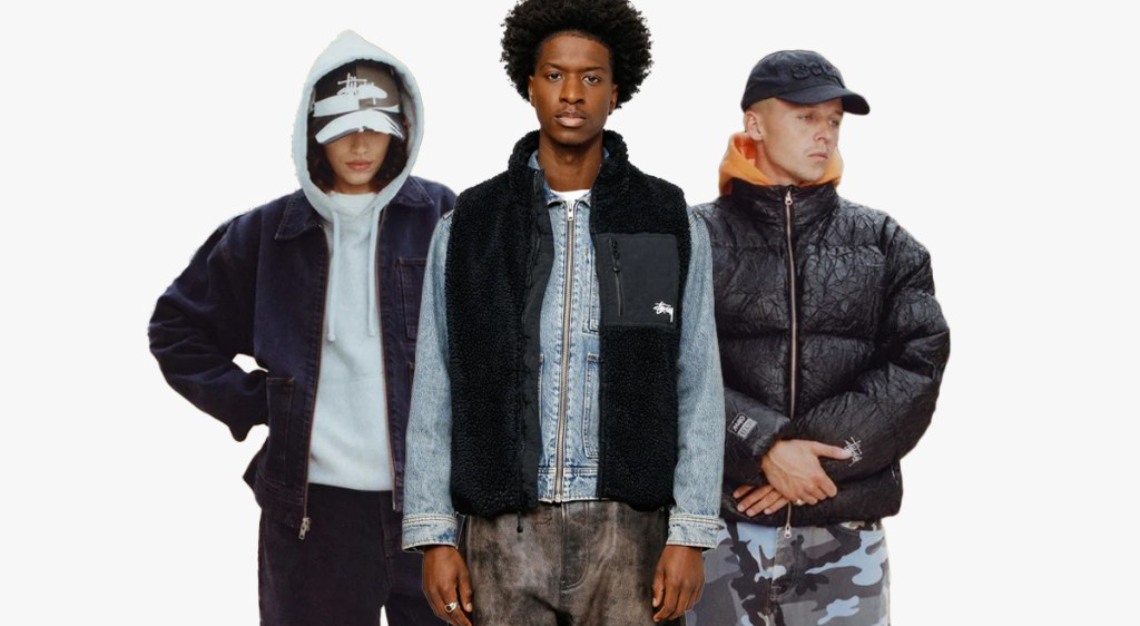
Stüssy
In the early ’90s, before Jebbia launched Supreme, he worked at a SoHo boutique that sold oversized cargo pants, bucket hats, beanies, hoodies, and roomy graphic tees. It was the hotbed of an emerging sensation in the fashion world: streetwear. The store was owned by Shawn Stussy, a Laguna Beach native, who, by then, amassed a cult following with his eponymous brand. Indeed, Stüssy is credited for ushering streetwear into the fashion fold. It is the OG. And though Stussy, the man, is no longer involved with the company, his legacy continues to influence the industry.
Date of origin: 1980s.
Founding designer: Shawn Stussy.
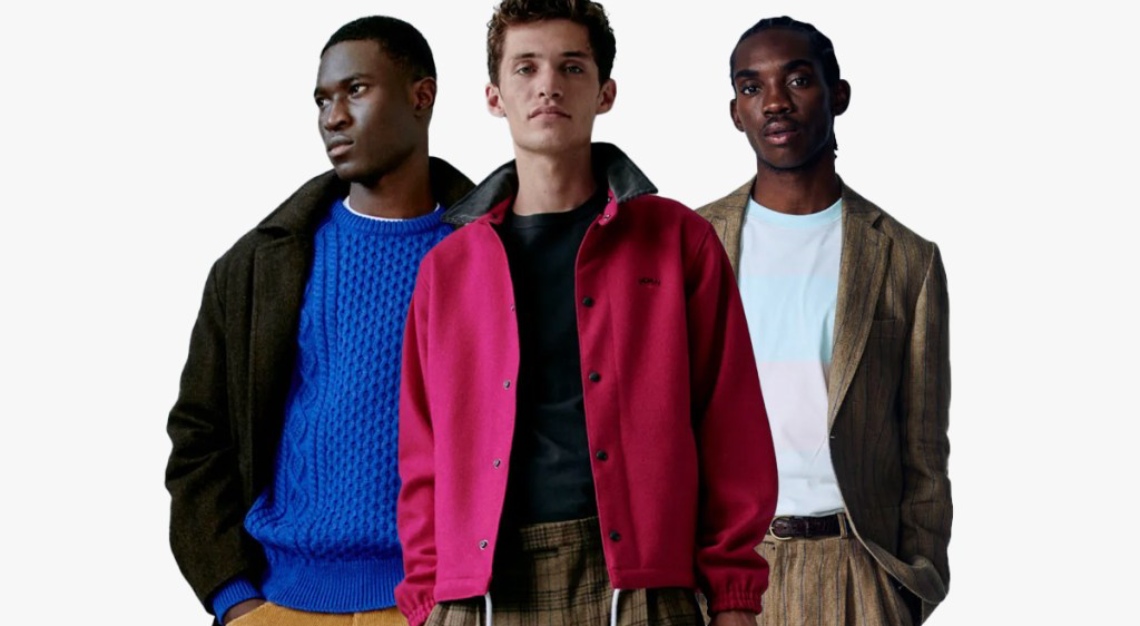
Noah
The fashion industry was all abuzz when Brendon Babenzian became the creative director of J.Crew menswear in 2021, tasked with revitalising the classic American label and making it relevant to consumers that really value style. His CV certainly made him the right man for the gig: He cut his teeth as Supreme’s creative director, working with Jebbia to form a company that was—and still is—categorically cool. But it was in 2015, the year Babenzian and his wife, Estelle, founded Noah, when his name really made waves. The way they mixed the MO of myriad cultures—from prepsters and punks to skaters and boardroom bros—to form pieces that were equal parts familiar and fashion-forward reverberated with hypebeast and menswear insiders alike. What Babenzian did with Noah, essentially, was expand streetwear’s borders. He brought an uptown sensibility to a prototypical downtown style.
Date of origin: 2015.
Founding designers: Brendon Babenzien and Estelle Bailey-Babenzien.
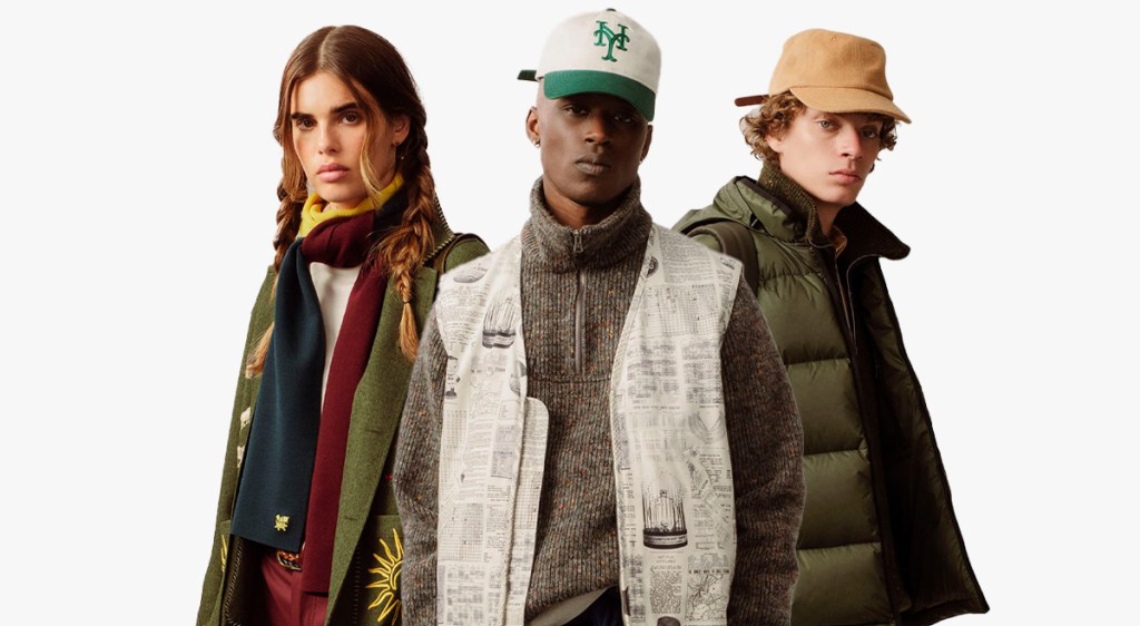
Aimé Leon Dore
Teddy Santis was born and raised in Queens. He played basketball at the local park, partook in breakdancing, and idolised the hip-hop and house acts from the NYC borough. He immersed himself in the culture. All this is at the core of Aimé Leon Dore, a label he founded in 2014, a label that celebrates the vibrancy, history, and unique output that Queens offers. Santis’s collections are essentially a giant love letter to his neighborhood. But this sentiment is just part of ALD’s allure. Santis is also a master at styling, offering looks that have an unmissable retro flair but still feel fresh and new. His cuts are also streamlined, imbuing a more refined quality than other streetwear labels.
Date of origin: 2014.
Founding designer: Teddy Santis.
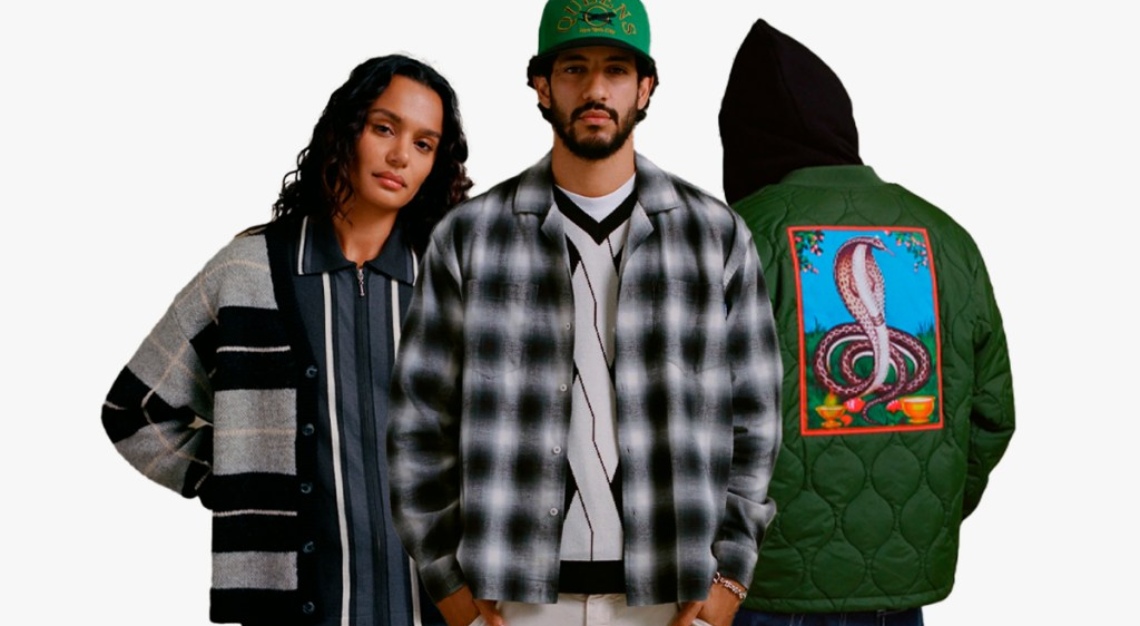
Awake NYC
For Angelo Baque, graffiti is an art form. The striking colors, graphic shapes, and subversive quality of works created with spray cans and displayed throughout the Big Apple has always fascinated the Queens native. It also informs the direction of his brand, Awake NYC, which he founded in 2012 after a lengthy tenure as Supreme’s brand director. Baque’s collections are rooted in hip-hop culture—the way disenfranchised communities used images, music, and styles to create their own art, their own way to express and celebrate their identity. And to give back to these communities, the brand works with local organisations, including Building Black Bed-Stuy and Children of Promise, to foster a new generation of budding creatives.
Date of origin: 2012.
Founding designer: Angelo Baque.
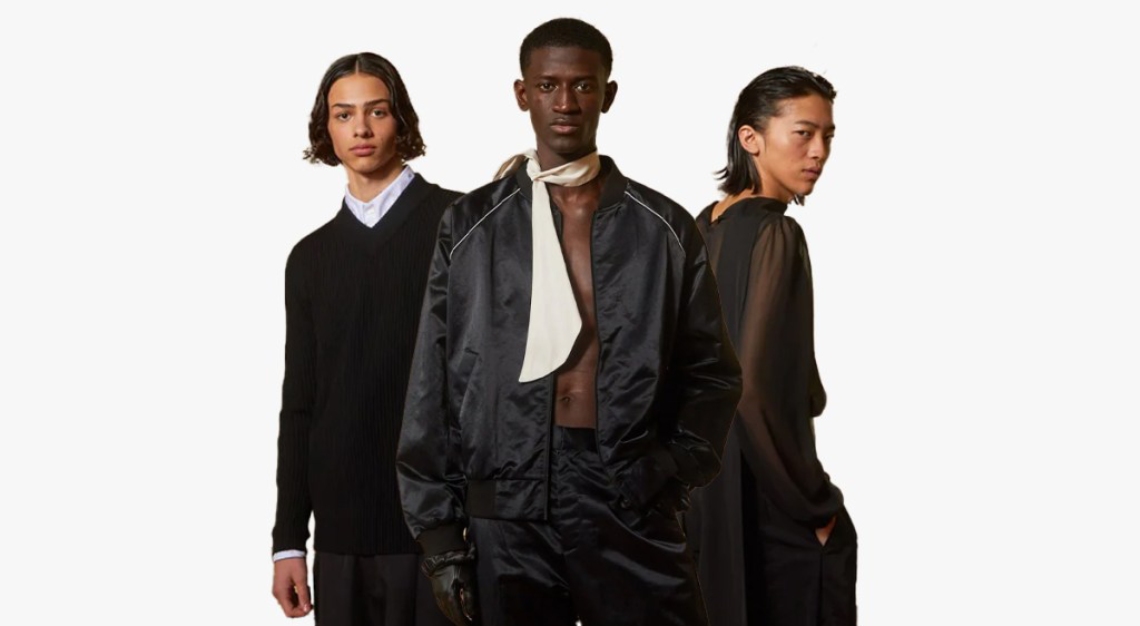
Willy Chavarria
Politics, gender tropes, and the culture around disenfranchised groups are at the core of Willy Chavarria’s designs. Brought up in a Catholic household, the son of a Mexican father and Irish American mother, he is deeply influenced by his upbringing in Fresno, California, a city largely of the working class. Indeed, it is workwear that informs his collections—the baggy denim trousers, oversized flannel shirts, visible boxer shorts, tees with religious images, and white tanks worn by the Chicano community. Chavarria toys with this gritty aesthetic. He adds a feminine flair (think mock Chanel bags and dainty accessories). He sexualises it. He distorts perceptions of masculinity, revolting against the status quo, creating pieces that are unlike anything else seen at New York Fashion Week.
Date of origin: 2018.
Founding designer: Willy Chavarria.
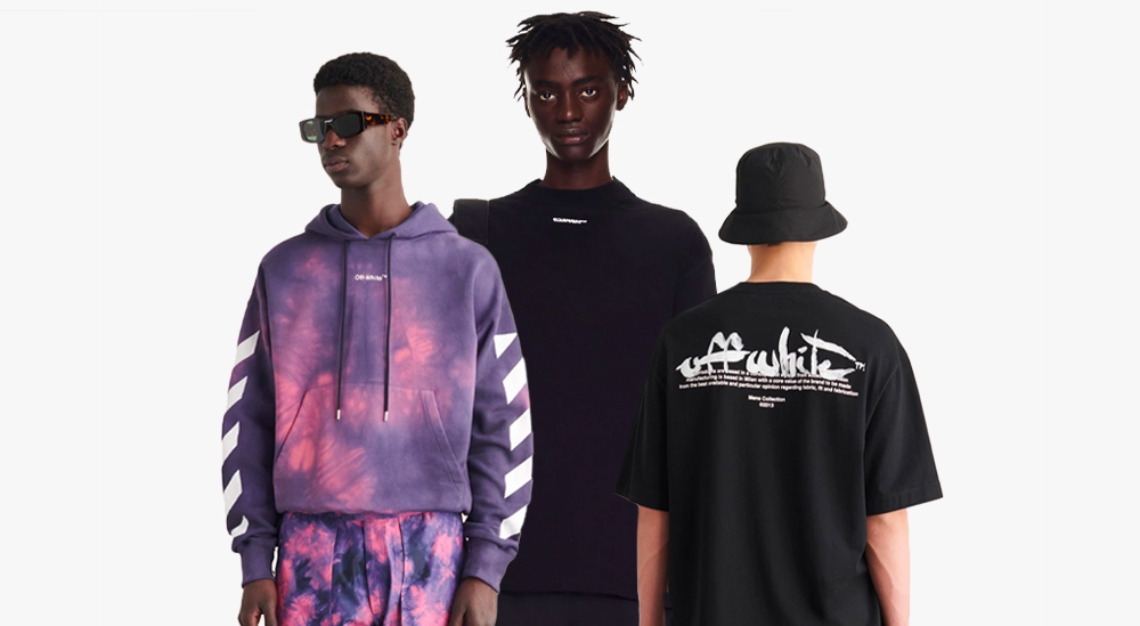
Off-White
The late Virgil Abloh was a man of many talents. Not only did he create one of the biggest brands in streetwear, he was also a DJ, product designer, and art curator. With Off-White, which he launched in 2013 after gaining notoriety as one of Ye’s sartorial protégés, Abloh experimented with typography, referenced artists from Dondi to Manet, and deconstructed garments to stunning effect—all of which redefined luxury. He was eventually tapped to head Louis Vuitton’s menswear division, cementing streetwear’s dominance in the fashion industry.
Date of origin: 2013.
Founding designer: Virgil Abloh.
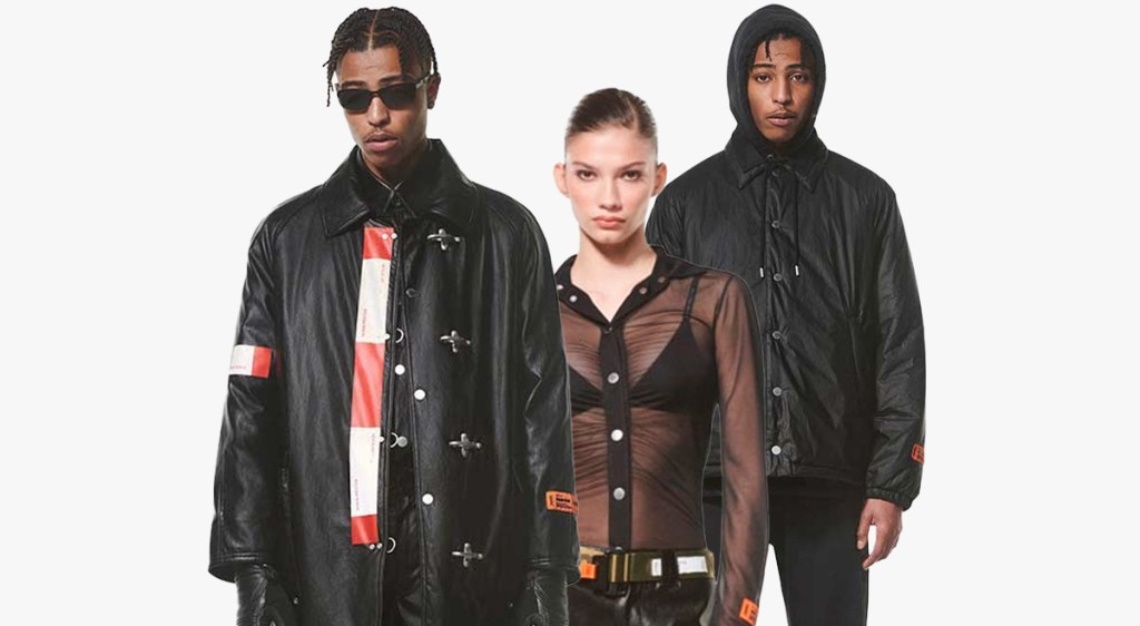
Heron Preston
Heron Preston—along with Abloh, Matthew Williams (formerly at Givenchy), and Justin Saunders—formed a fashion and DJ collective called Been Trill, which dominated social media in the 2010s. Preston’s own label grew out of this cultural output and the encouragement of these relationships, along with a come-to-Jesus moment swimming into plastic waste. The result is his cyber-influenced, eco-conscious namesake label, which entered the luxury market with a low-waste collection created in collaboration with the New York Sanitation Department in 2016. Since then, Preston has solidified his place in luxury, collaborating with NASA and developing a strong and original industrial street aesthetic beloved by high-end retailers.
Date of origin: 2016.
Founding designer: Heron Preston.
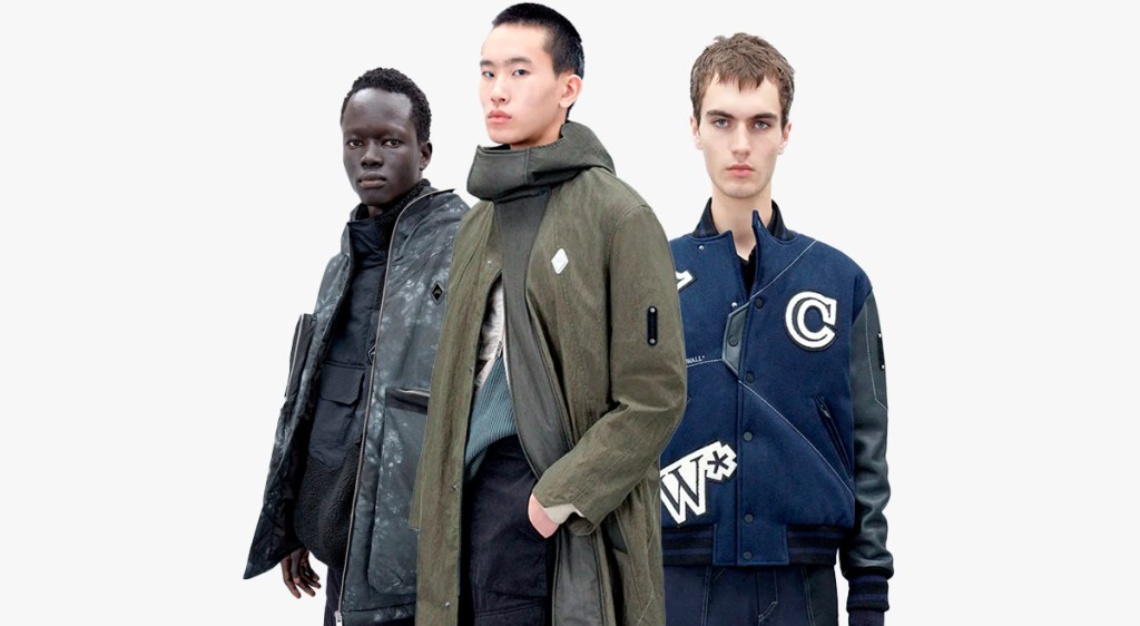
A-Cold-Wall
Samuel Ross was a Virgil Abloh mentee before he launched A-Cold-Wall in 2015. In a relatively short time, he developed an unmissable, singular aesthetic, offering collections that explore the British class system through classic tailoring—think pressed trousers and overcoats—that’s transformed with canvas, nylon, and other technically developed materials. The brand has taken both streetwear and high-fashion by storm, getting much-deserved recognition when Ross was nominated for an LVMH Prize in 2018.
Date of origin: 2015.
Founding designer: Samuel Ross.
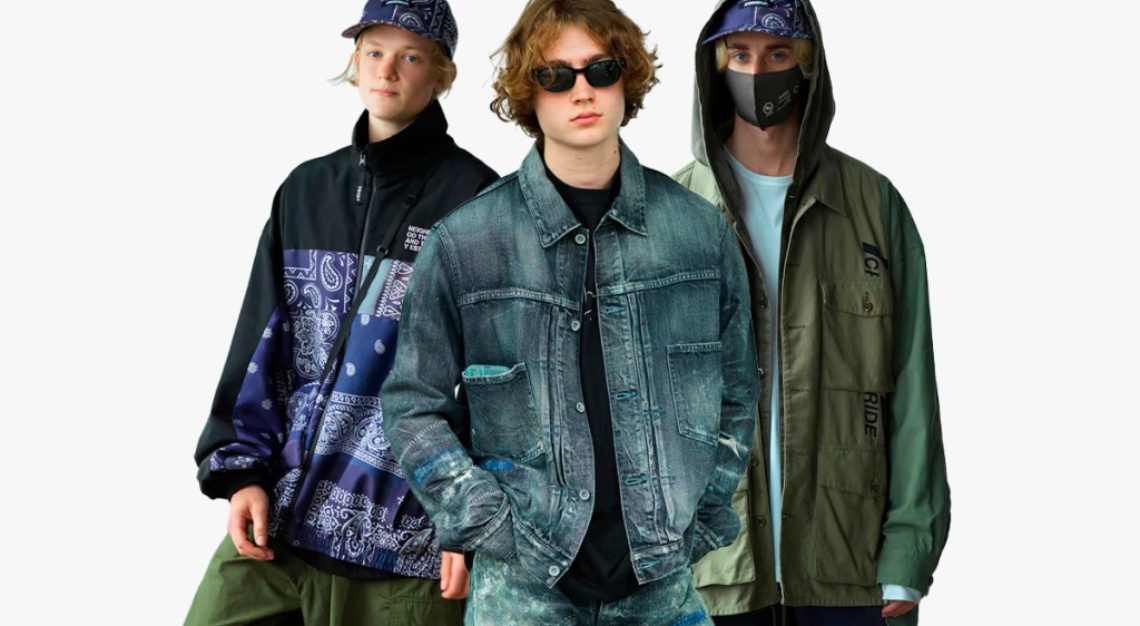
Neighborhood
Neighborhood is a Japanese label that launched in 1994 as part of the trio of iconic streetwear brands. Founded by Shinsuke Takizawa, the designs were largely inspired by motorcycle riders, the military, British punk bands, and American workwear. It was largely unknown outside of Asia but gradually gained a cult following in the West for its impeccable quality and unique cuts. Today, Neighborhood continues to have a special place in the streetwear scene, delivering a nuanced, referential collections with a Japanese deconstructionist appeal.
Date of origin: 1994.
Founding designer: Shinsuke Takizawa.
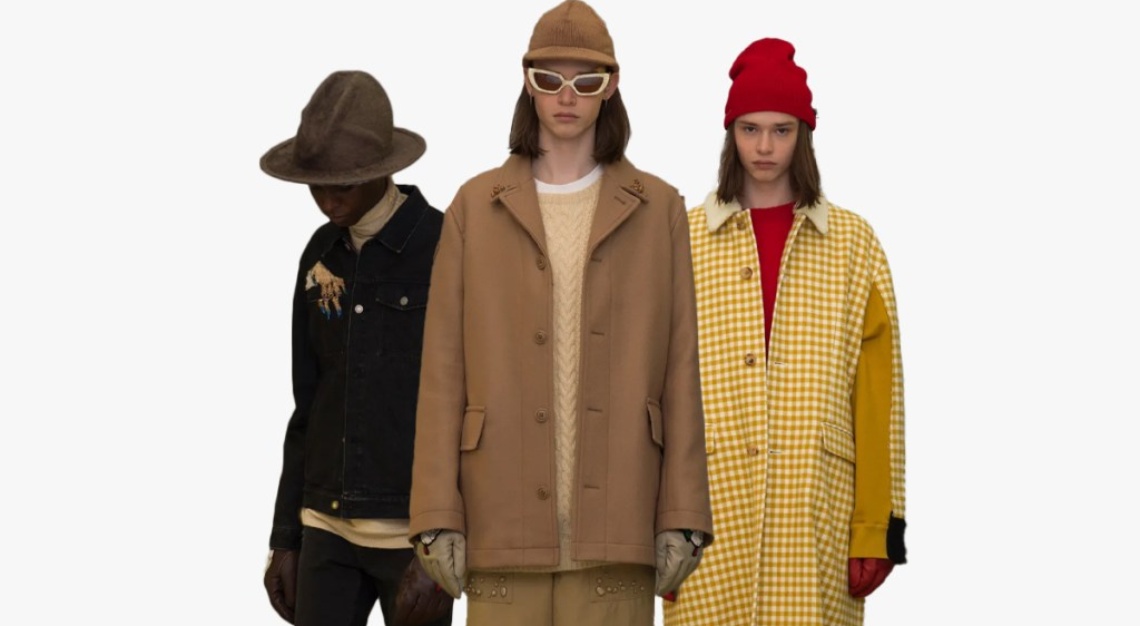
Undercover
Undercover’s Jun Takahashi was studying at Tokyo’s prestigious Bunka University when he discovered punk. Vivienne Westwood, the Sex Pistols, and Seditionaries: He became obsessed. His label grew out of this love and ethos, bridging the dark, subversive energy with an elegant, poetic and often unexpected vision. Today, he shows in Paris, displaying deconstructed sweats and suiting with twisted touches that speak to a house that is respected by hypebeasts, storied editors, and luxury buyers.
Date of origin: 1994.
Founding designer: Jun Takahashi.
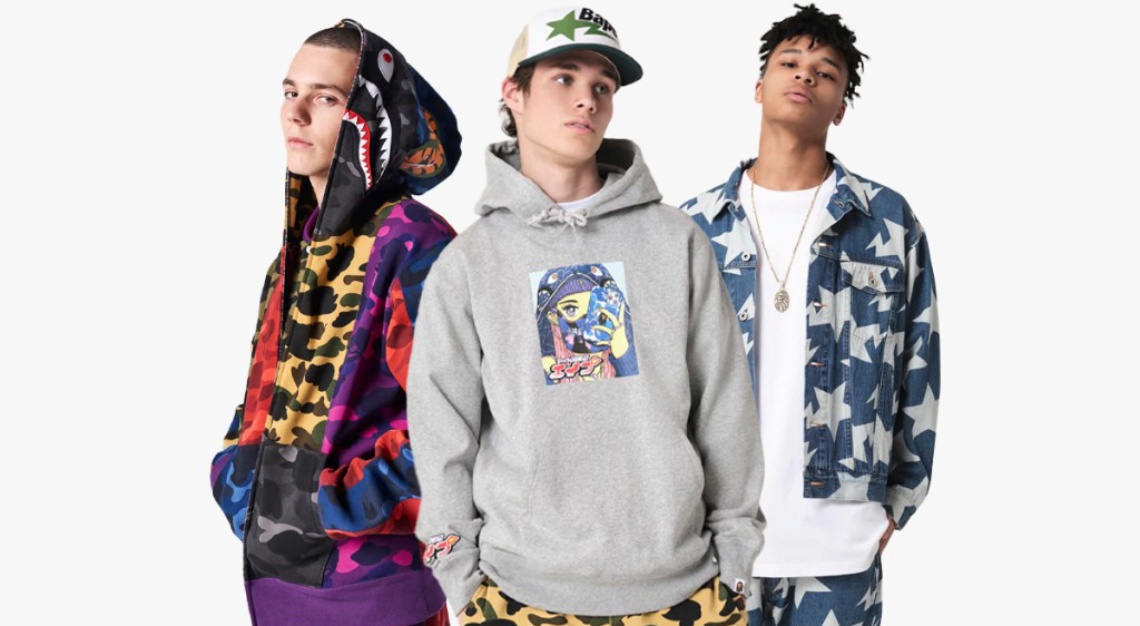
A Bathing Ape
Nigo’s legendary status is global. No list of best streetwear brands would be complete without paying homage to A Bathing Ape (BAPE), which he founded in 1993 in his native Japan. It started as a cult label for in-the-know style setters but reached the stratosphere in the early 2000s, when Jay-Z, Pharrell Williams, Lil Wayne, and other hip-hop tastemakers started wearing Nigo’s colorful, ’80s-hued toppers and signature camouflage styles. Now, he has become the designer of Japanese heritage label Kenzo—a sign of streetwear’s ascendancy in luxury fashion.
Date of origin: 1993.
Founding designer: Nigo.
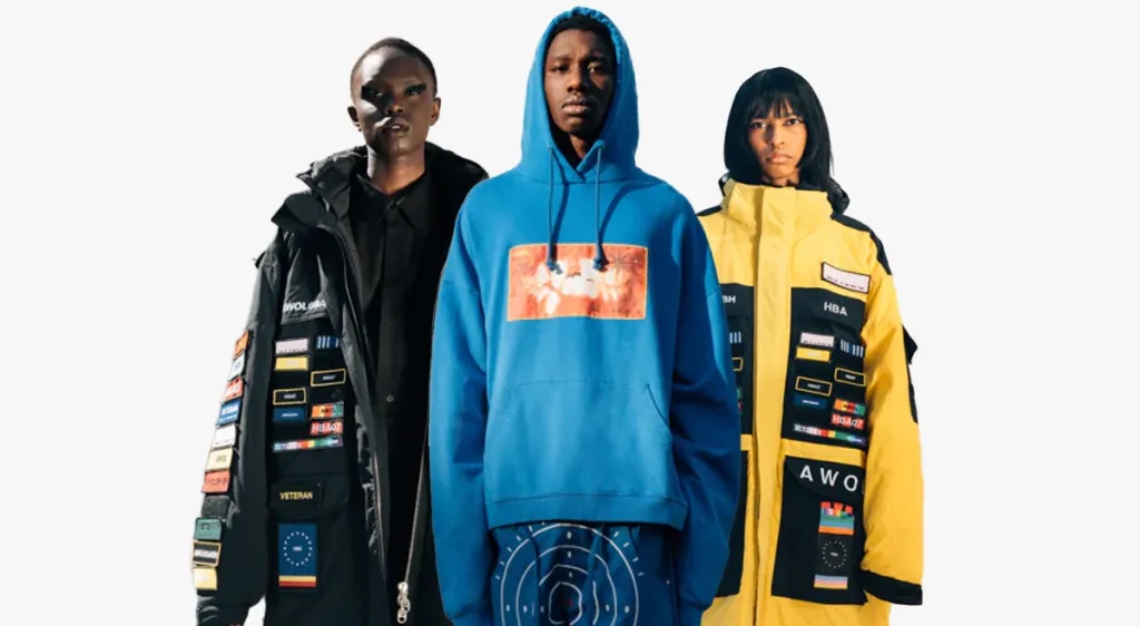
Hood by Air
When Shayne Oliver and Raul Lopez launched Hood by Air in 2006, the brand electrified the industry. It became a high-fashion phenomenon. The collections spoke to the community of individuals that didn’t define themselves by gender tropes, sparking a movement of unisex clothing that continues to grow stronger every year. But back then, the masses weren’t ready, and the brand shuttered. Now, the conceptual streetwear label is back in business, having relaunched in 2020 with a unique model: create one artistic project a year—injecting the duo’s signature aesthetic, marked by deconstructed workwear and utilitarian formalwear with a BDSM tinge—around a theme.
Date of origin: 2006.
Founding designers: Shayne Oliver and Raul Lopez.
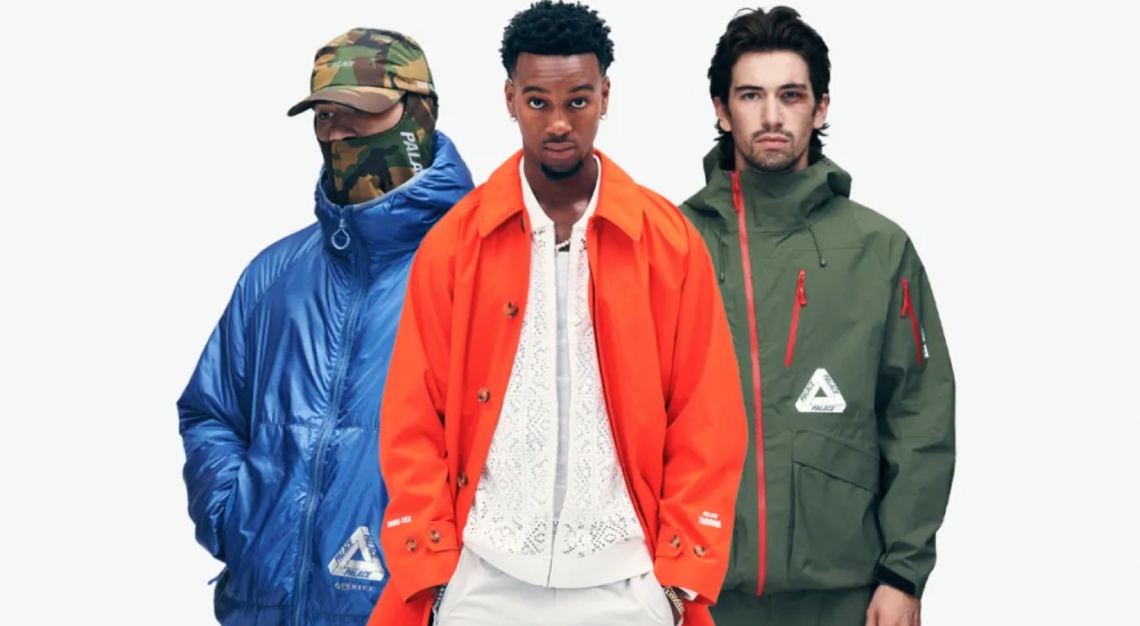
Palace
UK-based skate brand Palace has an understated cool factor, giving it a relevancy that has stood the test of time since it launched in 2009. The line, founded by Gareth Skewis and Lev Tanju, was named after a dilapidated Waterloo skate house lovingly called “Palace.” The brand is graphically driven, using motifs that are tongue in cheek, crafted in durable, technical materials. It has also, year after year, moved toward the luxury sphere, most recently with a collection designed by longtime Vivienne Westwood and Marc Jacobs photographer Juergen Teller.
Date of origin: 2009.
Founding designers: Gareth Skewis and Lev Tanju.
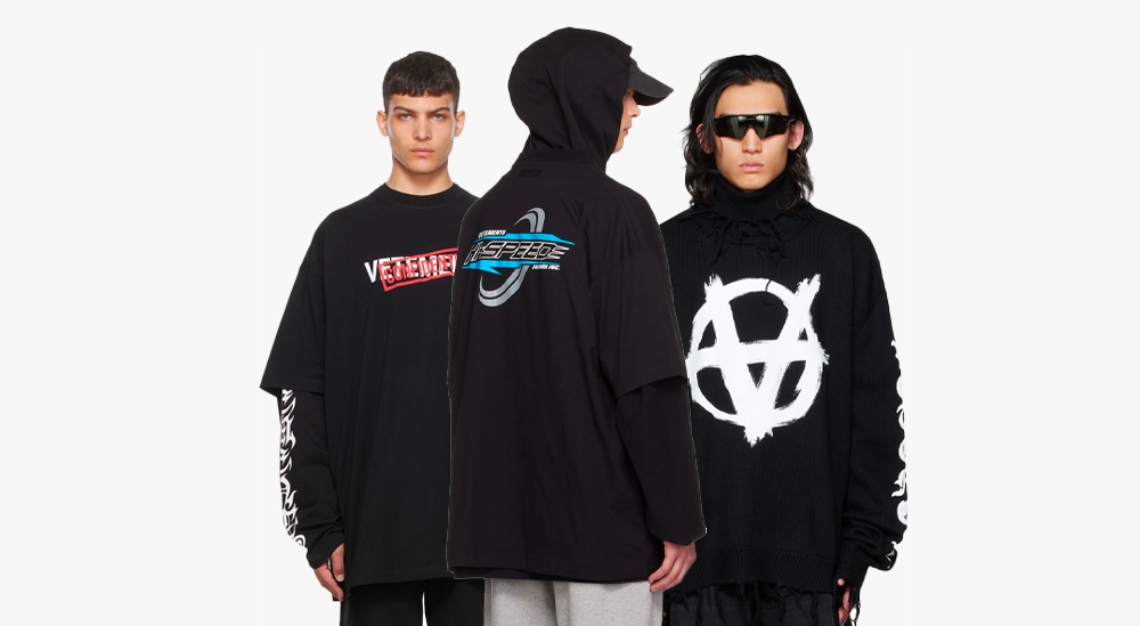
Vetements
Demna (neé Demna Gvasalia) turned the fashion world on its head with his spring 2019 collection inside a McDonalds, where models transformed into dystopian security guards and office workers outfitted in outsized uniforms that read “My Name is: Capitalism” on them. It was a perfect storm of rebellion and high-end streetwear, leading to the designer’s ascent to Balenciaga. Today, Vetements, now designed by Demna’s brother, Guram, is still a major player in luxury streetwear, delivering darkly ironic pieces that deconstruct common cultural references in new ways each season.
Date of origin: 2014.
Founding designers: Demna and Guram Gvasalia.
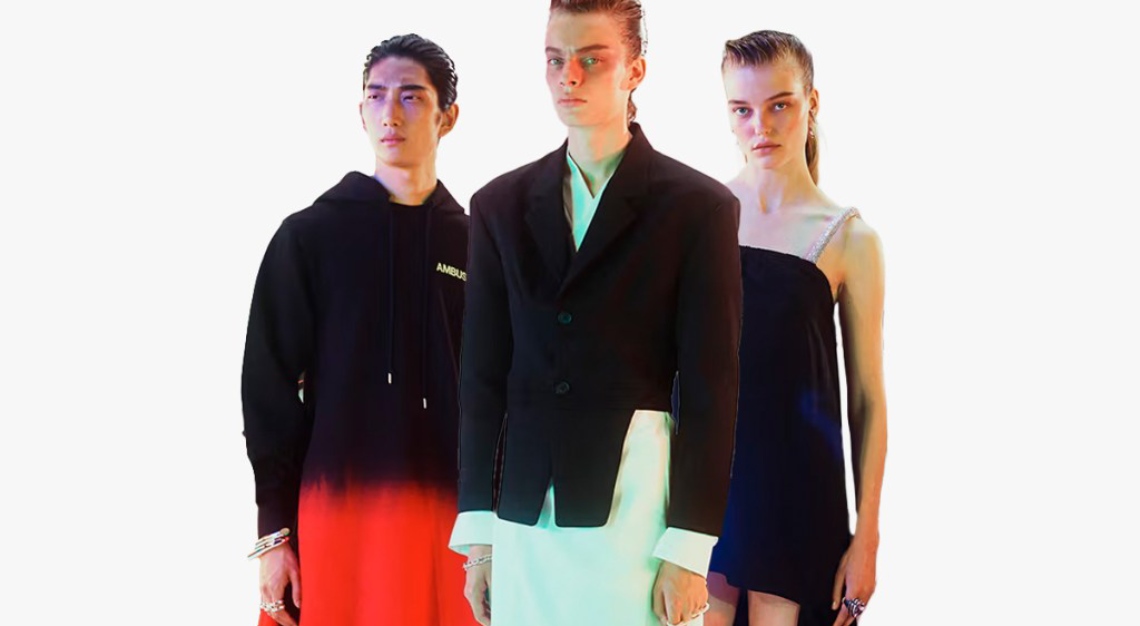
Ambush
Having cut her teeth at Dior Men, heading up the jewellery department under Kim Jones, and being embraced by the likes of Jay-Z and Pharrell Williams, it goes without saying that Yoon Ahn is a harbinger of cool. Her Tokyo-based label Ambush, conceived with her husband, hip-hop producer Verbal, started with directional rings and necklaces before introducing unisex garments in 2018. The line soon became a sought-after, authoritative voice in luxury streetwear, integrating military codes, utilitarian references (especially chains and padlocks, a brand signature), and sly, technical details that make a strong statement.
Date of origin: 2018.
Founding designer: Yoon Ahn.
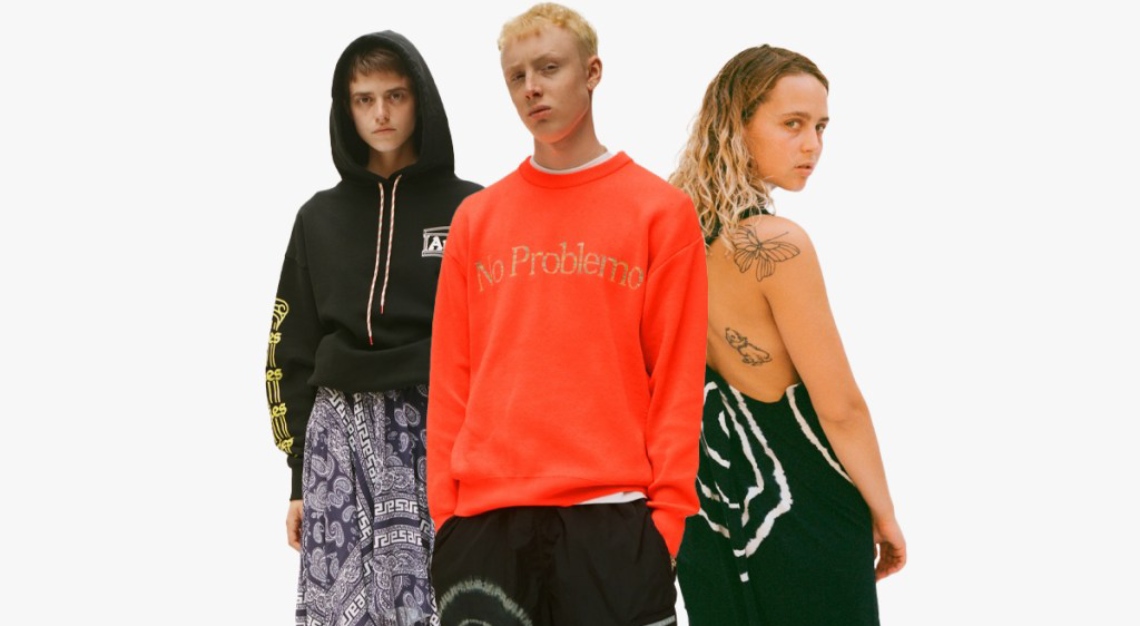
Aries
Before launching Aries, founder Sofia Prantera developed menswear for the renowned English skate shop Slam City Skates. She originally launched with a women’s collection in 2010, but it was men in particular that gravitated toward her psychedelic, subcultural designs. Old Patagonia catalogs, original Detroit techno, and early 2000s skate mags are frequent reference points. Collaborations with New Balance, AR Roma, and pure luxury labels such as the now-shuttered Hillier Bartley prove that Aries is going beyond its cult status and quickly becoming a mainstream name.
Date of Origin: 2010.
Founding Designer: Sofia Prantera.
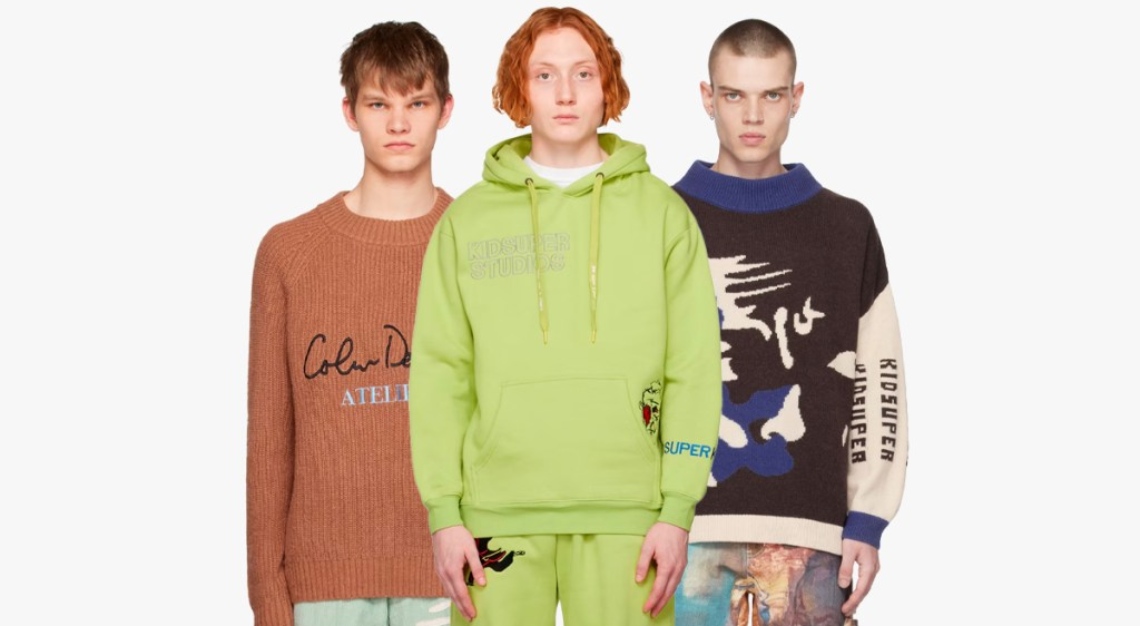
KidSuper
There’s a playful irreverence to Colm Dillane’s colorful, whimsically expressive streetwear. The native New Yorker—who started designing in the lunch room before launching his Brooklyn-based brand—is known for his Crayola-colored, larger-than-life vision and performance art installations. He’s fast entering the luxury sphere, having won the Karl Lagerfeld LVMH Prize in 2021.
Date of origin: 2010.
Founding designer: Colm Dillane.
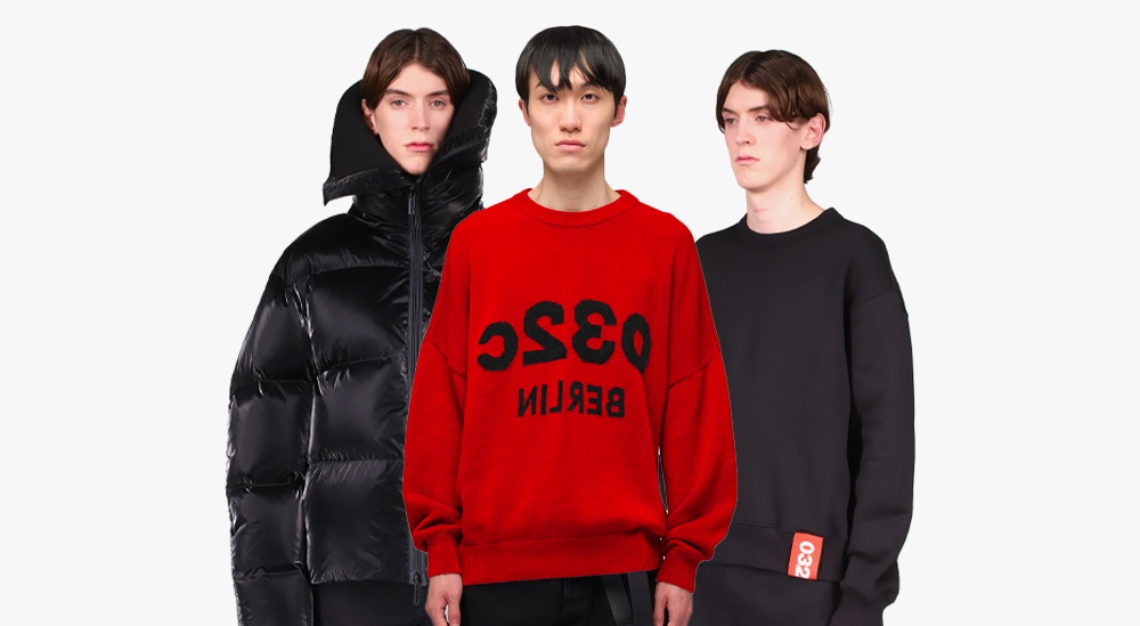
032C
Former Jil Sander designer and Ye consultant Maria Koch has taken the Berlin-based, fashion-insider magazine 032c’s culture and ethos and created dark, rave-inspired streetwear with an elegant, edited eye. Collaborations with Stüssy, Alyx, and others have elevated the hype factor, cementing the label’s status as a new luxury streetwear tastemaker.
Date of origin: 2016.
Founding designers: Maria Koch and Mark Goehring.
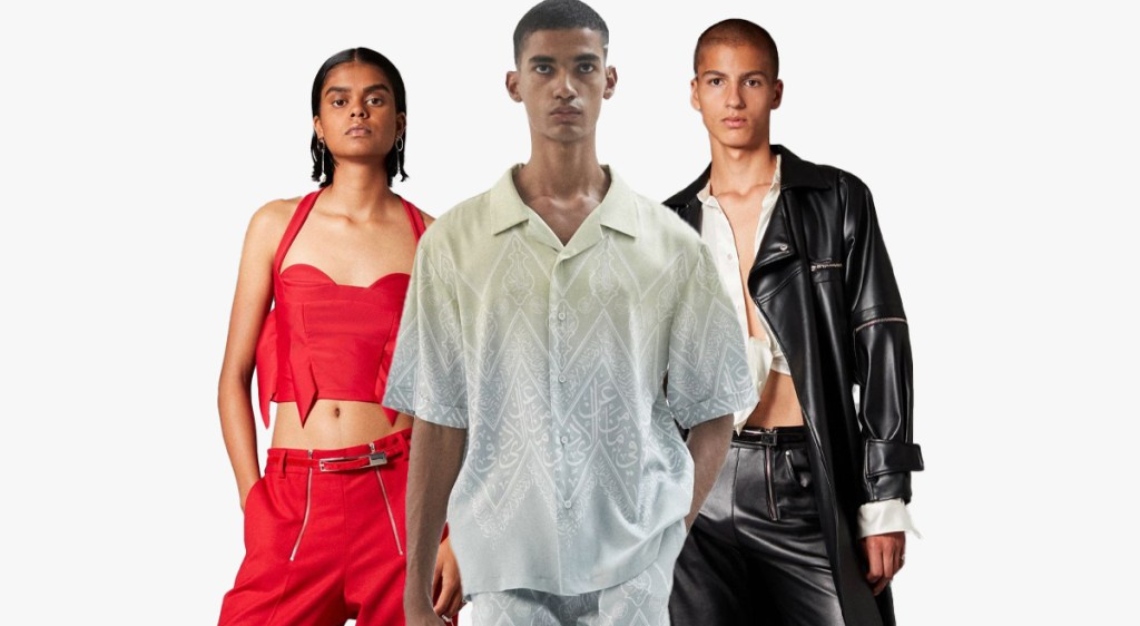
GMBH
GMBH is a German fashion collective founded in 2016 by Benjamin Alexander Huseby and Serhat Isik that speaks to Berlin club culture and brown identities. It also is quickly becoming one of the most interesting luxury streetwear labels in Europe, delivering styles that blends subtle subversive details with rich textiles.
Date of origin: 2016.
Founding designers: Benjamin Alexander Huseby and Serhat Isik.
This story was first published on Robb Report USA
